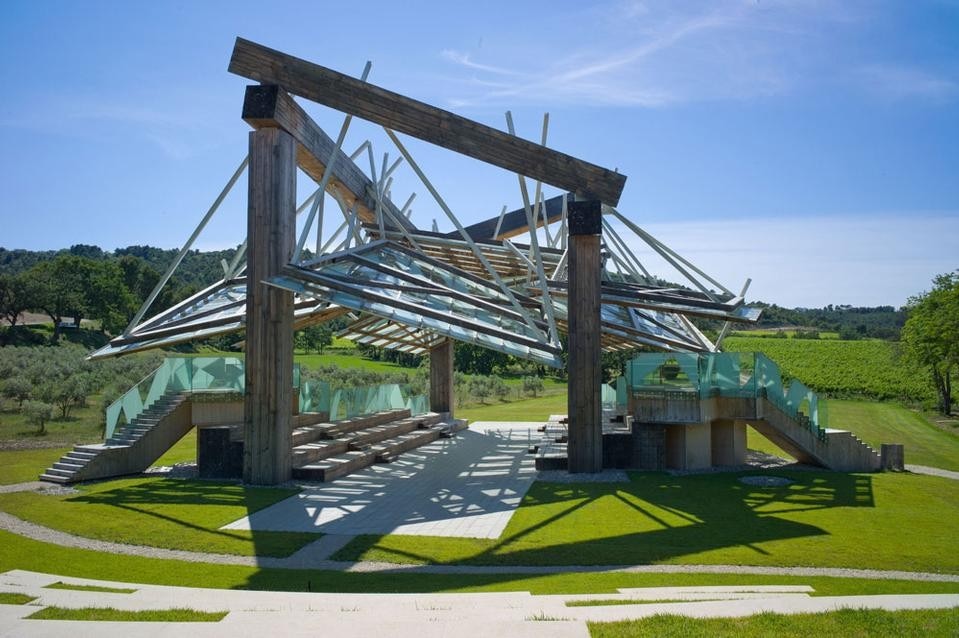Four months have now passed since we met, and soon Kensington Gardens will bear no trace of the last Serpentine Gallery pavilion, which now belongs to Usha and Lakshmi N. Mittal. Its parts will be transported and reassembled, maybe at one of the properties in their personal real estate portfolio.
This year's pavilion aimed to move away from being seen as an "object", which was the characteristic of previous years' structures, while also establishing a dialogue with them. "Taking an archaeological approach," the press release explained, "the architects have created a design that will inspire visitors to look beneath the surface of the park, as well as back in time across the ghosts of previous structures." The idea of digging to search for the history of these structures was as fascinating as it was paradoxical; far away, as their spirits were invoked outside the Serpentine Gallery, the eleven pavilions were enjoying a second life with new identities.
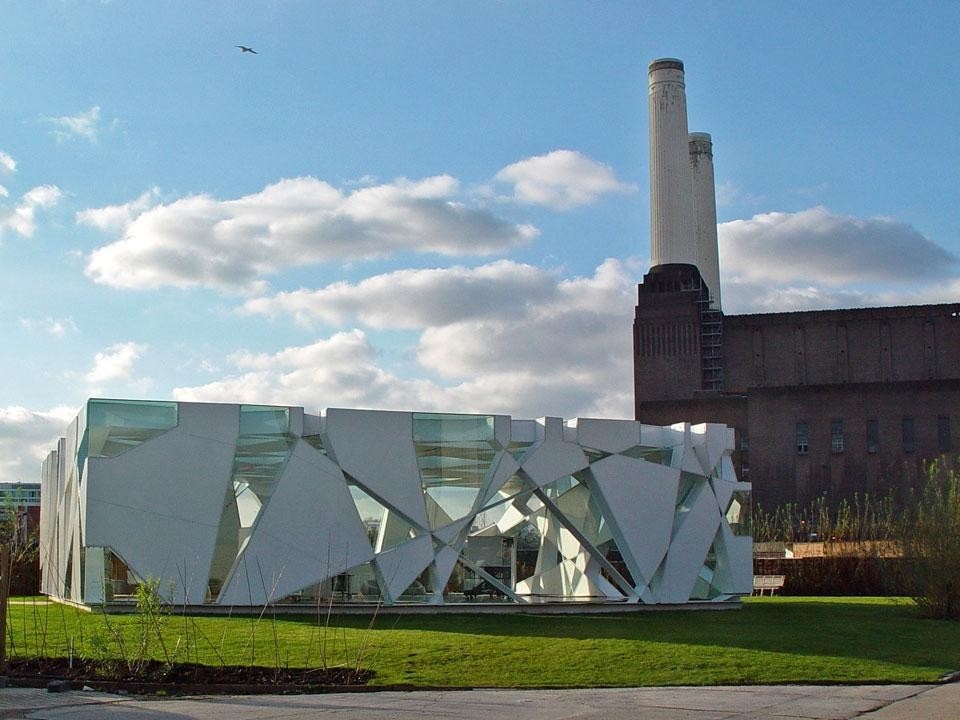
"Can you remind me what you're writing about?," asks Sophie.
"About the second life of the pavilions," I answer.

The following year's pavilion, Daniel Libeskind's Eighteen Turns, reappeared four years later in 2005, when it was lent by its mysterious (and unknown) owner and transported to Ireland as part of the European Capital of Culture celebrations in Cork. There, it was presented to politicians, real estate developers and planners as an "icon of contemporary Cork as well as an expression of the creative architectural possibilities for the city's future," particularly the imminent urban development of the city's port district. After rendering its services, Eighteen Turns slipped back into anonymity.
The places to which the Serpentine Gallery pavilions have travelled and where they have ended up reveal the workings of one of the most efficient machines for producing, reproducing and consuming auteur architecture
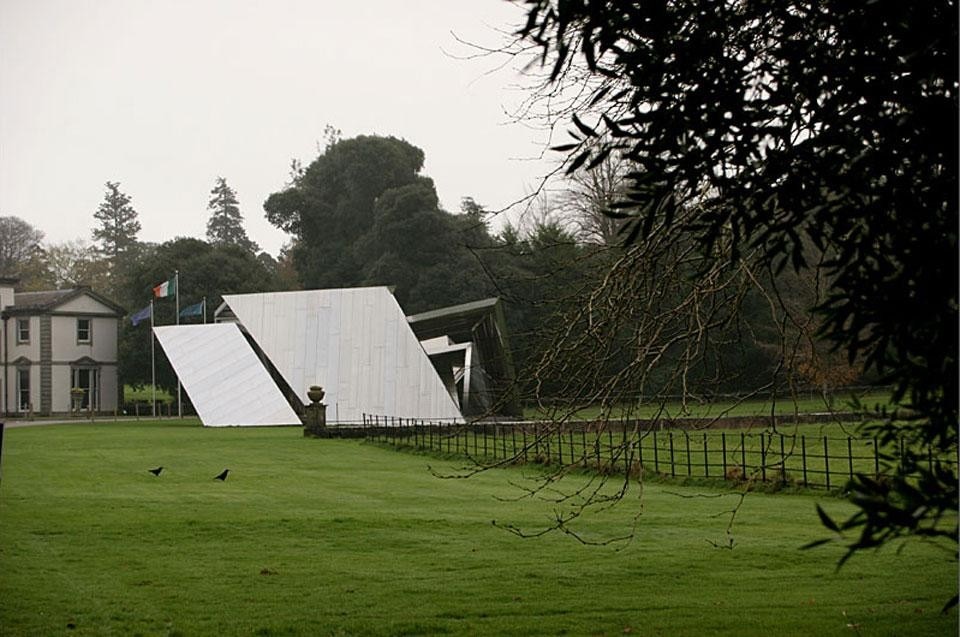
Surprisingly, although the Serpentine pavilions must be their designers' first work built in the United Kingdom, the Ito pavilion is not the only one of them to be enjoying retirement in the South of France. Neither is it the first to have allowed its owners to combine their interests in real estate investment and collection of auteur architecture. The pavilion designed by Frank O. Gehry moved in just a few kilometres from Beauvallon in 2008. It was bought by the Irish developer Patrick McKillen and reconstructed at the Château La Coste, a vineyard that has repositioned itself and maximised its market value by juggling its wines with a collection of pieces by Jean Nouvel, Tadao Ando, Richard Serra and Louise Bourgeois, among others. Here, Gehry's Music Pavilion is waiting for a use to be defined, which will value it as something more than just an exhibition piece.
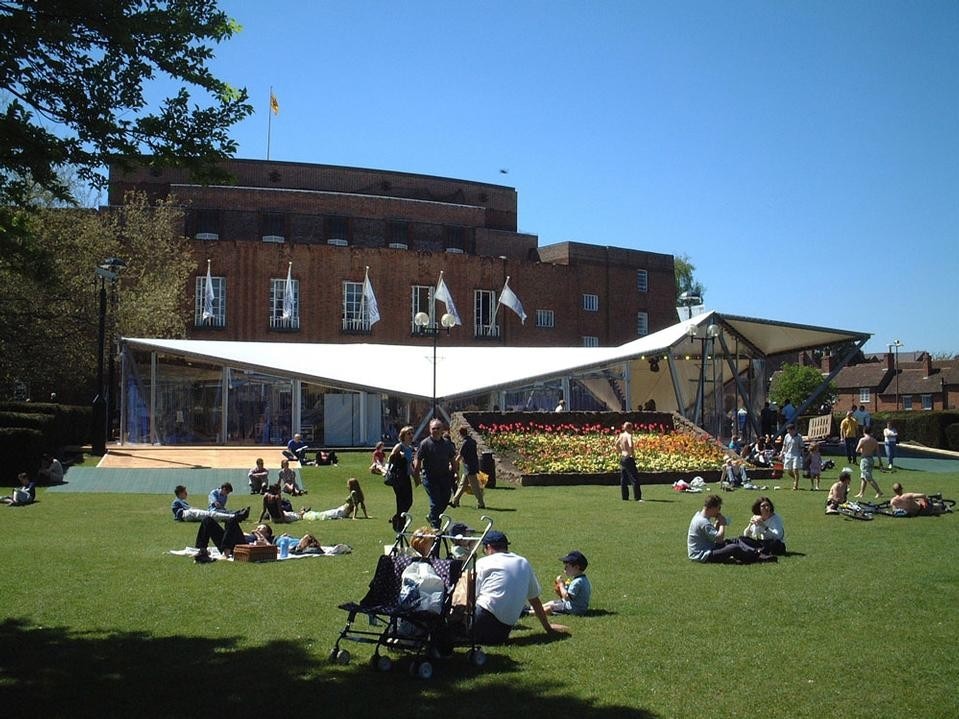
Château la Coste was only one of the stops on a trip I had started weeks earlier on a night train from London. Ten hours later I arrived at an English theme park that is the resting place of one of the first pavilions, precisely the one designed by the 2004 Pritzker Prize winner Zaha Hadid. Now a little dirtier, covered in a grey tarpaulin, it has been forgotten by the media, and no doubt also by its designers, despite the fact that it continues to populate architecture publications, exhibitions and texts. Maybe this is what they mean when they say it has been "dismantled": showing that no longer being in the circles of the cultural-intellectual elite is reason enough for some people to question the value and authorship of and architectural work.
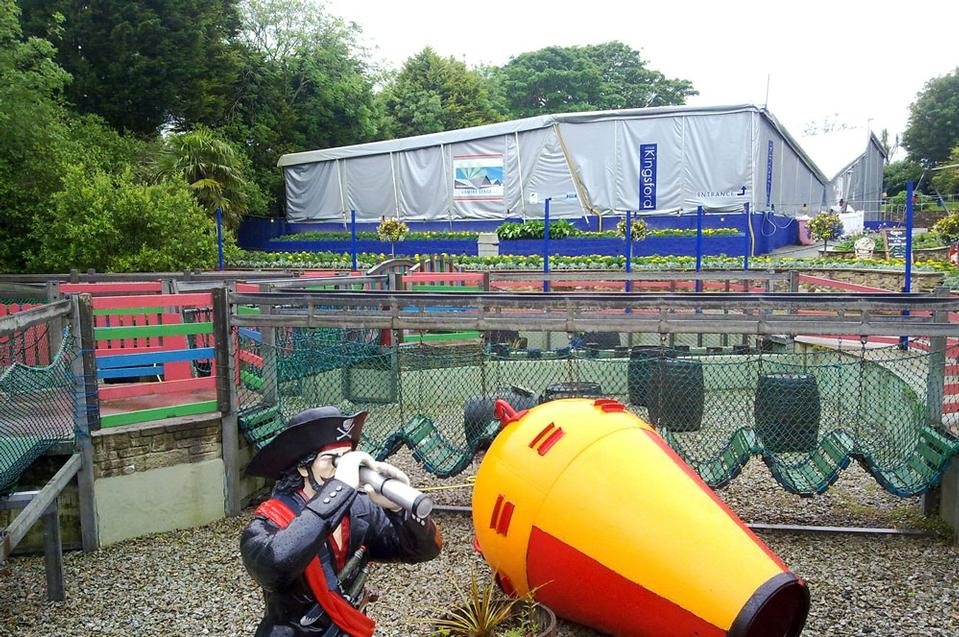
The Hadid pavilion not only survived, but it is now fitted with audiovisual equipment, lighting and heating, and can be rented out for weddings, parties or concerts for £950 per day. It does not form part of any art collection, nor does it aspire to act as a point of reference for future urban developments. However, it is probably the most active of the former Serpentine pavilions. The fact is that, in the theme park, its usage value is still greater than its exhibition value. For those still wishing to visit it, be warned — these days, it only answers to one name: the Kingsford Room. Marina Otero Verzier



